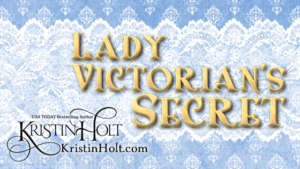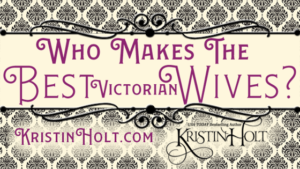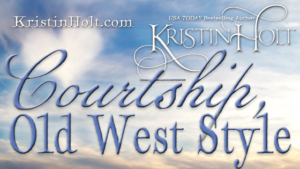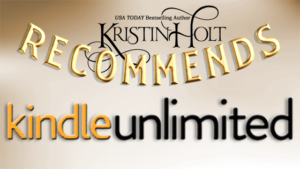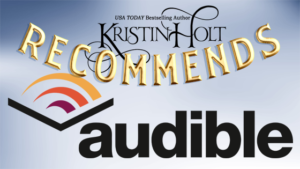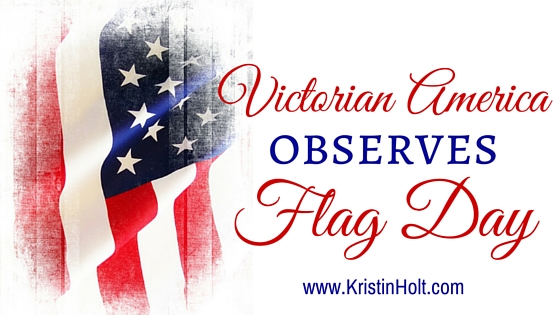
by Kristin Holt | Jun 14, 2016 | Articles
Victorian Americans not only observed Flag Day on June 14th–they created it. Flag poles on government property sported the star spangled banner. Private citizens raised the flag, draped patriotic bunting over porch rails and fences, and attended military parades. Most of all, they recalled what the American flag stands for, its symbolism, and the meaning of patriotism. The practice of observing Flag Day on June 14th, annually, had been in practice since the 1870s and become widespread, but it took well into the 20th century for a President of the United States to make the day a federal holiday.
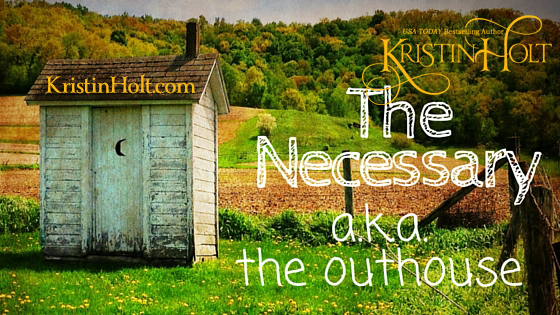
by Kristin Holt | Jun 5, 2016 | Articles
The necessary (a.k.a. outhouse) had many Victorian Era-appropriate euphemisms: Quincy, small room, washroom…and was replaced with modern indoor plumbing both very early (1820’s at the White House) and very late (1950’s) in rural America. What did homeowners do when the necessary filled up? (ewww!) When was toilet paper invented? Why did outhouses have more than one seat?
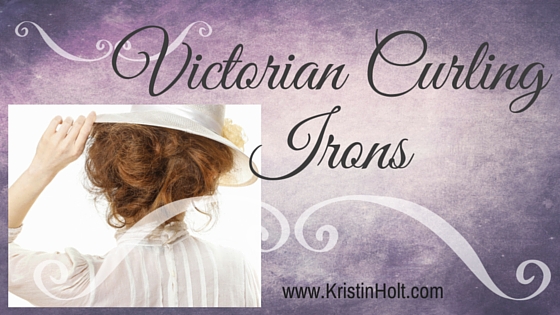
by Kristin Holt | May 15, 2016 | Articles
American women in the late Victorian Era often cut and curled bangs at the forehead. Many photographs (cabinet cards) show this hairstyle, with the rest being upswept and pinned, as women grew their hair to amazing lengths–all except those stylish bangs. If the curls about the forehead were not a hair piece (purchased by mail), then they most often required a curl. Victorian curling irons (their prices, designs, and heating methods) might surprise you–after all, it’s not (only) like Laura Ingalls Wilder described in her fictionalized memoirs of coming of age and cutting her hair in this style.
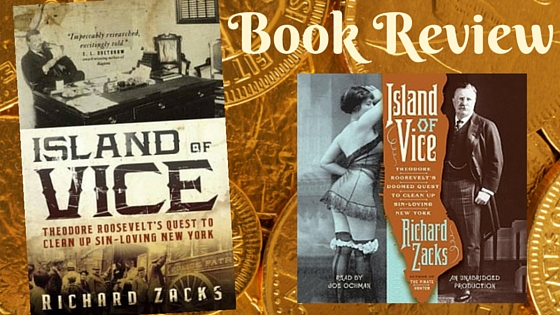
by Kristin Holt | May 3, 2016 | Articles
Amazon selected ISLAND OF VICE as one of the Top 100 books of 2012; it also selected it as one of the Top Ten history books of the year. I purchased three editions: hardback, audible, and kindle; listened to the audio edition (15 hours, 28 minutes), reread much of the kindle edition and hardback.
From an amateur historian viewpoint–and my fascination with all things late 19th century–this nonfiction title deserves five stars. I learned so very much from every chapter, found myself so ever much better informed about the 1890’s in politics, the Reform Movement (Progressive Era). Review contains two pages of images from the hardback and kindle editions.
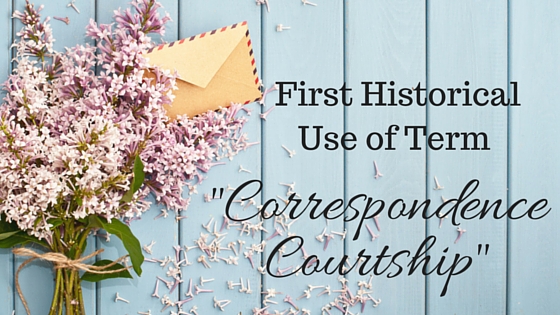
by Kristin Holt | Apr 3, 2016 | Articles
Whether referred to as “Correspondence Courtship” or “Epistolary Courtship”, part of the natural course of 19th century courting included letter-writing. Victorian-era couples could express tender sentiments in letters more easily (often) than in person. Many couples didn’t have the opportunity to spend time together, face-to-face, for too many miles separated them. Coming to know one another, and fall in love, through letter-writing was a standard practice. Results varied from blissful conjugal felicity (a frequently used term of the American Victorian era) to sensational disasters.
Interestingly enough, the term “Correspondence Courtship” (or very similar phrasing) appeared much more frequently and earlier than did the phrase “Mail-Order Bride”.







